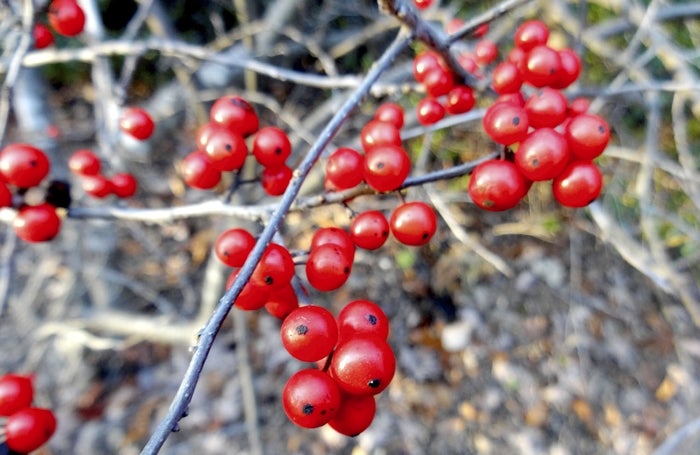Darrell Blackwelder: Adding color to winter
Published 12:00 am Friday, December 12, 2014

- Cooperative Extension Almost any kind of berry will pop out in the garden during winter.
Dreary days are upon us with shorter days, falling leaves and cloudy, rainy weather. However, with bit of imagination, homeowners can constructively use plant material to add winter interest and needed color to the landscape.
Winter color is an important component of residential landscaping. Planting material that produces berries is an excellent source of color during the winter. Berries can offer a splash of color during the winter season. Many species of holly (Ilex sp.) offer a wide range of color from deep reds to transparent yellow. Cultivars such as Fosteri holly and Savannah holly and other evergreen cultivars such as weeping yaupon holly provide abundant fluorescent red fruit.
Deciduous hollies are still popular, with profuse bright berries, providing a massive show of color. The berries are also a food source for our birds, including bluebirds. Deciduous holly cultivars Sparkleberry and Winterberry provide a colorful impact for the home landscape and provide an excellent contrast against an evergreen backdrop.
When properly placed and maintained, even the common nandina (Nandina domestica), is an excellent source for winter color. The showy berries are often used now as a part of Christmas decorations. Other nandina cultivars now have yellow and even white berries.
Bark texture is another design element commonly overlooked in landscapes. The papery bark of a river birch or the corky “alligator-like” texture of a mature dogwood tree beckons one to look closer and feel.
Contorted filbert without its leaves adds interest with unusual twisted, gnarly stems and twigs. Corkscrew willow is another contorted plant material with interesting branch structures. Twigs from these plants are often used as design elements in floral arrangements.
Consider leaf texture as another winter design element. The course texture of magnolia cultivars such as Bracken’s Brown Beauty and D.D. Blancherd produce an interesting textured leaf with a rusty-brown pubescence on the underneath side. Another is Canadian hemlock, offering a very fine, weepy-textured evergreen element within the landscape. Both become very picturesque in a blanket of newly falling snow.
Deciduous and evergreen vines soften corners and hold down vertical lines of buildings, fences and arbors. Intricate twining with an occasional bloom or berry often creates added winter interest. Winter berry (Celastris scandens) produces a yellow-orange berry often used in holiday decorations. Yellow jasmine (Gelsemium sempervirens Rankii) blooms in late fall and early spring and remains an evergreen vine during the winter, adding interest. These are excellent vines for fences or arbors.
Creative landscapes involve much more than spring color and massive foundation plantings. Take time to study the finer details of plant materials, especially for yearround interest.




